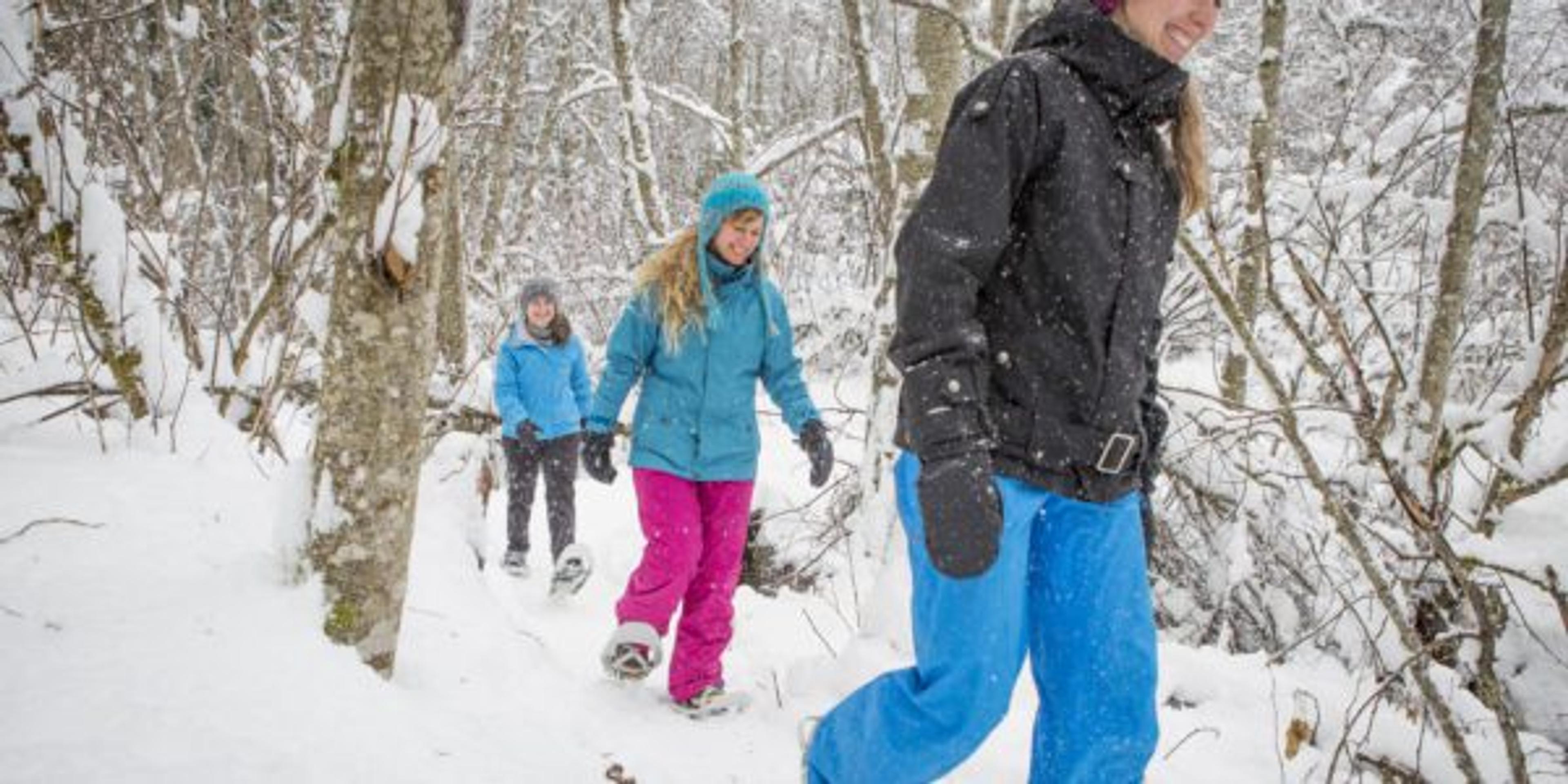How to Be Mentally Prepared for Winter
A Healthier Michigan
| 3 min read

As Michiganders, we know how to handle winter once we are in the thick of it. We can shovel like pros. We can drive our vehicles down snow-coated highways when whipping winds have dropped visibility to a squint. We can hunker down through blizzards, ice storms and even polar vortexes. But when it comes right down to it, are we ever really ready when the switch flips to winter? Even with all our cold-weather experience, there are ways we can be more mentally prepared for winter.
In Michigan, winter can feel like the longest season ever. Snow can start flying before Thanksgiving and sometimes still crop up in April. So if you’re not prepped in your head for the cold weather, the beginning of winter can feel like a slog. Instead of dreading it, kick off this winter by finding a way to embrace it. People who love to ski look forward to the falling temperatures because they are anticipating their time on the slopes. Even if you’re not a skier, it’s time to pick at least one facet of this snowy season that you can get cozy with. Here are some ways to get started:
Pick a winter activity.
Not interested in the time or expense needed to invest in the ski or snowmobile crowds? No problem. Pick a quieter sport that gets you outside when it fits your schedule.
Snowshoes.
These have seen a surge in popularity in recent years. You can snowshoe solo or with friends. Many parks and recreation areas have rentals, so you can try them a few times before you decide if you want to buy a pair.
Cross-country skis.
This Nordic sport is not only great exercise, but it’s a beautiful way to spend a few hours gliding outside on a winter day.
Grab a sled.
If you have kids – or even if you don’t – sledding is a can’t-miss winter activity. The thrill of the downhill run is balanced by the cardio workout it takes to get back up the hill.
Learn to layer.
If you are a Michigander, you should know how to properly layer your clothing to stay warm when you are outside in the winter. Hypothermia can be deadly. It happens when your body loses heat faster than it can create it, according to the Mayo Clinic. When your body temperature falls below 95 degrees, it can begin to damage your heart, nervous system and internal organs.
Layering clothing in the winter helps trap warm air, keeping you cozy, even when you are outside in the snow.
- Base layer: Wool or a synthetic material. No cotton.
- Middle layer: This insulating layer should be fleece, wool, down or a synthetic insulation.
- Outer layer: A waterproof layer. Think of it as a shell over your first two layers.
Find a warm spot.
It’s important mentally to have a warm escape or retreat that you can anticipate when the weather turns cold. For some people, this is an annual trip somewhere warm and sunny. But if a vacation isn’t in your plans, find your own hot spot closer to home. This gives you something to look forward to, and a very real way to block out the cold. Some ideas:
- Check to see if your local gym or health club has a hot tub, whirlpool area, steam room or sauna. Any of these warm escapes can be built into your regular workout routine.
- Turn your own bathtub into an at-home spa. Take a long soak and use a thick moisturizing cream to soothe your winter skin.
- Book a massage or facial at your local spa. If they have a steam room or hot tub, linger and take advantage of that extra warmth.
Related Links:
- Melting Away Winter Myths
- Be an Ally for People with Disabilities in the Winter
- What to Have at Home for Winter Emergencies
Photo credit: Getty Images





